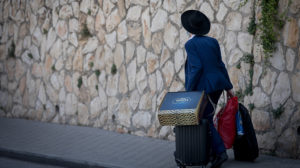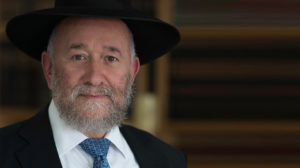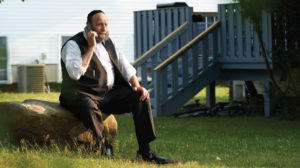The Language with No Words

Learning how to read body language doesn’t just help you decode sentiments or spot liars. It can help you build rapport, strengthen relationships, and even project greater confidence

Body Talk
Even when your lips aren’t moving, your body does a lot of speaking. The messages conveyed by body language are surprisingly easy to decode when you know where to look and what to look for.
Face
People instinctively glance at the face to read body language, but it’s not the best place to start looking for clues. Faces are difficult to decipher, because even very young children are taught to control their faces: “At least look happy when Bubby buys you socks,” or “Stop making that face at the spinach.”
There are six facial micro-expressions, or split-second shows of emotion, that everyone exhibits in the same way — happiness, surprise, fear, anger, disgust, and sadness. Even those born blind, who’ve never seen how a face “should” express these core universal feelings, will exhibit these same facial expressions.
Micro-expressions are so unmistakable that computers can tell if an online student is confused, so it can slow down her learning app, or if she’s bored, so it can speed up her program. But they’re hard to detect without training or running video clips in slow motion.
One facial expression that’s easy to spot and almost impossible to fake is comfort. People who feel tense, suspicious, or threatened can’t loosen the furrowed lines on their forehead, relax their lips, and widen their eyes.
Because faces change so fast, and because they’re so often deceptive, instead of studying facial expressions, try looking at specific facial features and see what they are telling you.
Heads
Tilting the head exposes the neck, one of the most vulnerable parts of the body. It’s a powerful way to say, “I’m feeling secure,” and it’s hard to do when you’re around people you don’t trust. Try it in an elevator full of strangers, and notice how awkward it feels.
Eyes
An “honest” body part, since they can’t be manipulated very much. Surprise makes your pupils dilate, letting in light, so a lot of information can be sent to the brain. Pupils shrink when we don’t like what we see, improving our focus, so that we can find a safe place to run to or put up a good fight. Closing your eyes is a way of protecting yourself from seeing what you don’t want to see. Even those who are born blind do it. The opposite reaction — widened eyes — is a sign of contentment. A baby widens her eyes when she sees her mother, and her mother does, too.
Eyebrows
The gravity-defying act of raising eyebrows is a sign of excitement that we can’t hold back. Furrowing shows annoyance or anger.
Gaze
Looking away feels like a sign of rejection or lack of interest, but it’s not — it’s a display of comfort and relaxation, a state you can’t enter if you’re on the lookout for threats. It’s also easier to think with an unfocused gaze. It’s a mini-vacation from processing information about what you’re looking at.
Oops! We could not locate your form.













